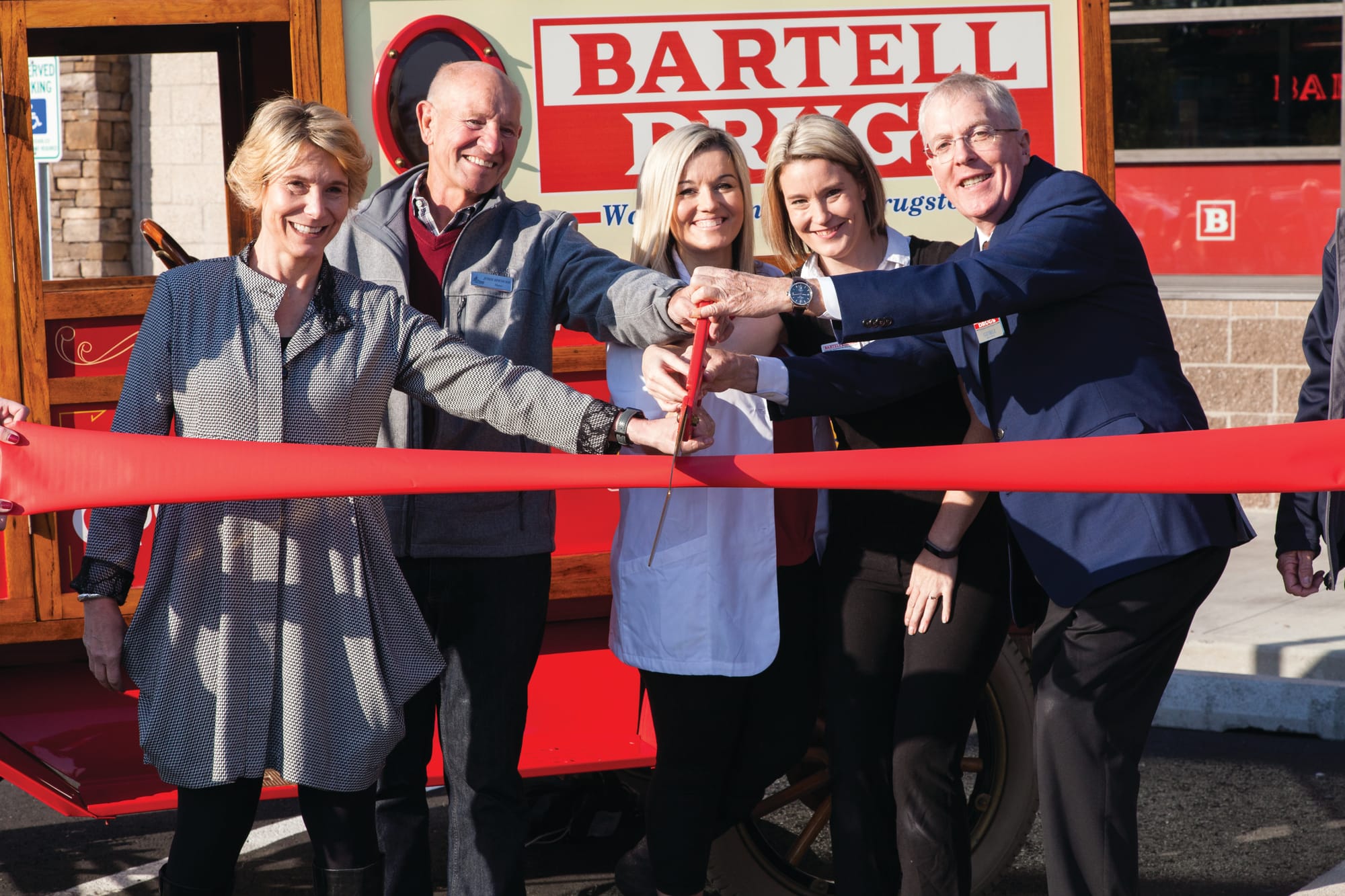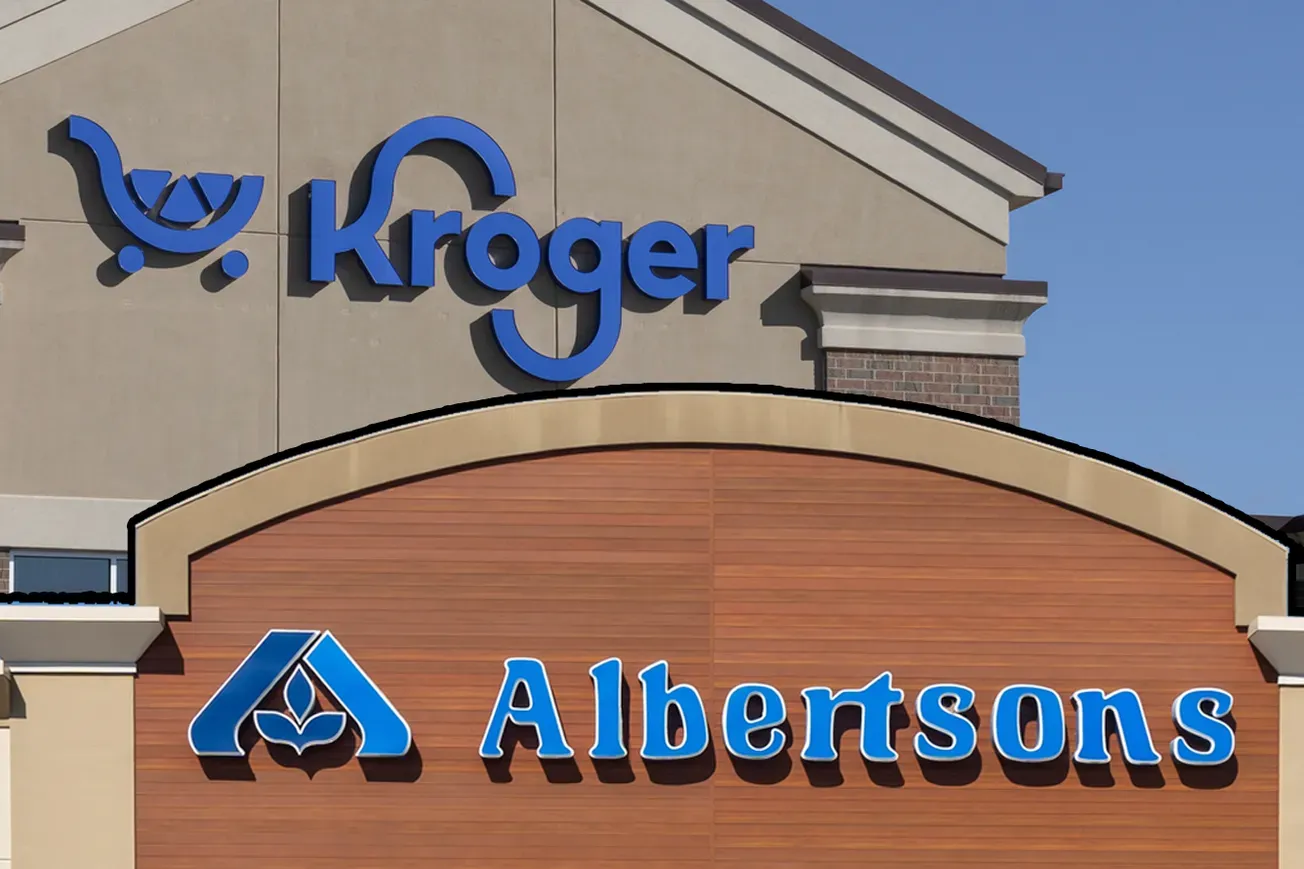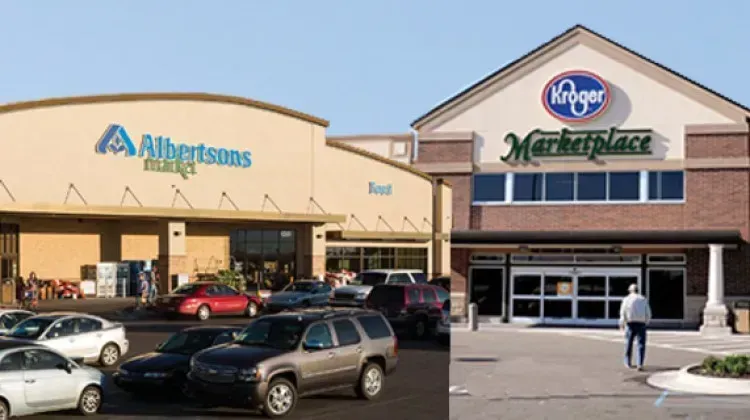
SEATTLE — Founded in 1890, Bartell Drugs has maintained a leading position in the greater Seattle market by staying close to local consumers and continually developing new ways of addressing their changing needs.
“My grandfather instilled in us the value of customer service,” says George Bartell, chairman of the 68-store retailer. “Serving the customer is still the focus for the company today. Our size and family-owned structure give us the flexibility to be creative. It’s part of the reason we are so responsive to our customers and innovative in the products and services we offer.”
In light of Bartell’s success in leveraging those assets and consistently delivering Red Vest Service to patients and shoppers, the editors of Chain Drug Review have named the company the publication’s Regional Chain of the Year. The person who, along with Bartell and his sister, vice chairman and treasurer Jean Bartell Barber, is most responsible for building on that legacy is Kathi Lentzsch. A proven retail leader with more than three decades of experience in a variety of trade channels, Lentzsch became the company’s chief executive officer in January.
Prior to that, Lentzsch held executive positions at leading retailers including Pier 1 Imports, Cost Plus World Market and Williams Sonoma/Pottery Barn, where she oversaw the turnaround and repositioning of Pottery Barn as a premium home brand. Lentzsch also has experience in the drug channel from her tenure as president and CEO of formerly Berkeley, Calif.-based Elephant Pharmacy.
Lentzsch’s journey to Bartell’s started with a call from a recruiter. Although she wasn’t looking to make a move at the time, Lentzsch says “my ears perked up” when the recruiter mentioned Bartell’s. “Someone at Elephant Pharmacy told me, ‘There’s nothing like Elephant in the country, but the closest might be Bartell’s.’ Because of that, I wanted to talk to them,” Lentzsch says.
What attracted Lentzsch the most to Bartell’s is that the company is all about a focus on local impact and family, she says, “which is my passion.” So Lentzsch packed up her life, left “28 years of friends behind” and headed to the Pacific Northwest to settle down in Seattle.
When she arrived to start her career at Bartell’s earlier this year, Lentzsch says she saw a store that sets itself apart from the bigger chain competitors — a characteristic important to her — and had similarities to Elephant. “I saw stores doing some of the same things we had done at Elephant with the low-profile fixtures,” she says. “Although Bartell’s is laid out more similarly to a traditional drug store than Elephant, the assortment had some similar products and had a focus on local. It excited me that Bartell’s was doing so much with local products and supporting local businesses.”
In her first few months on the job, Lentzsch says her primary focus was on the company’s implementation of a new ERP (business management software) system and the construction of a new warehouse. And as often happens in large organizations, Lentzsch says the company fell behind schedule. “I could not spend much time on the brand and focused on the operational side of the business. We had to get the systems working,” she explains, noting, however, that the ERP system has since stabilized and the new warehouse is running smoothly, providing the company with double the square feet of its previous facility. That allows Bartell’s to work with more vendors directly.
In her short time with the company, Lentzsch did find time to work on the brand and sharpen the focus on what Bartell’s stands for — “how we continue the legacy.” It’s important to Lentzsch to get to the essence of the brand and not alter what the Bartell family has built, but instead bring the essence forward and make what they established more contemporary.
Central to Lentzsch’s leadership philosophy is putting employees first, which she believes creates a ripple effect that washes over everyone. “If you put them first and they’re happy, your customers are going to be happy,” she says. “And your vendors are going to be pleased if they deal with individuals who like what they do. One of the things we talk about here is treating people better than they expect to be treated.”
Lentzsch and the leadership team also developed a new brand ideal. Bartell’s, according to this new ideal, exists to celebrate the potential of kindness, caring, compassion and choice — and it’s caring and compassion, Lentzsch notes, that has been one of the signature attributes of the Bartell family. “We also wanted to reestablish the pillars behind the brand,” she says, “so when we made decisions, we always considered the brand pillars. Health and wellness is one of those pillars.”
Another foundational pillar that has always been important to Bartell’s is service, which Lentzsch says the company tracks very carefully with daily customer surveys. Lentzsch believes service fell off over the last two years due to some of the challenges the company had with the warehouse transition and the ERP implementation. “There were times we didn’t have products getting to the stores,” she says. “Now we’re through those tough times and our service levels are improving considerably.”
Stock issues, Lentzsch notes, are more than just inconveniences to customers. She believes lack of inventory takes a toll on the morale of the workforce, and customers can sense that.
“The third pillar is all about our local impact, and the fourth pillar is humanity. We want all of our behaviors modeled to the fourth pillar. This is where compassion and kindness step in. The four pillars are what we’re really focused on now.”
Bartell’s is a company rich in tradition, which is highlighted by the fact that Lentzsch is only the fifth CEO in the company’s 128-year history. One tradition is the company’s holiday gift guide, which Bartell’s has offered during the holidays for nearly 20 years now. What stands out at Bartell’s during the holidays is the company’s focus on toys. “We have a specialty store mindset with our toy business,” says Brent Beebe, the company’s senior vice president of merchandising. “We work really hard to get specialty toy vendors to sell to us.”
The factors that play into the company’s success in toys, Beebe explains, are essentially the factors that play into the success in all the company’s categories. Keeping it local is essential, according to Beebe, who notes that living in the same area where one does business provides invaluable insights into what customers want and need. Having unique products on the shelves is another reason Bartell’s stands out in the toy and gift category, Beebe says. “I would say the local service and product ultimately continues to provide a moat for us.”
Beebe says Bartell’s is focused on staying true to its core values — the values that have made the company a success for more than a century. And that means not following some of the bigger competitors. “Our front-of-store business is a huge part of our business and is extremely important to us,” Beebe says, adding that because he can’t “out-CVS CVS or out-Walgreens Walgreens,” he competes on selection. “When you’re in Bartell’s, I encourage you to go and look at a category that you’re familiar with. I bet my selection is exponentially higher than some of the traditional guys,” Beebe says.
But as important as the front end is to Bartell’s, pharmacy is its bread and butter — and vice president of pharmacy Billy Chow sees pharmacy as an industry heading toward skilled services and no longer one primarily based on commodity dispensing. Chow cites immunizations as an example, but also moderate ailment triage, which some Bartell’s pharmacists are providing in partnership with Washington State University under the auspices of a CDTA (Collaborative Drug Therapy Agreement). “So, the pharmacists who have gone through the training program will be able to prescribe and initiate therapy on things like noncomplicated UTI, or upper-respiratory issues and animal bites,” Chow says.
Bartell’s CareClinics further enhance the skilled services the company offers its patients. These clinics, staffed by Kaiser Permanente clinicians, provide immediate care to patients 2 years old and older, regardless of insurance, for minor illnesses and injuries and preventive care, such as vaccinations.
Flu shots have been a staple for the clinics, Chow says, especially with last season’s flu epidemic. “Last year was another banner year for us. And we’ve never really had conflict, because many patients are agnostic,” he says. “They just want to get a flu shot. So, it’s whoever can take care of them first.”
The task of bringing the diverse strands that comprise Bartell’s together at store level and ensuring that the expectations of shoppers are met falls to senior vice president of operations Adam Wampler. A veteran retailer with more than three decades of experience at supermarket operators Safeway Inc. and Albertsons Cos. (which acquired Safeway in 2015), he joined the drug chain early last year. Wampler understands that for Bartell’s the outcome of the battle for the hearts and minds of consumers is determined by the experience they have in-store.
“We’re committed to running stores that are clean, well stocked and easy to shop,” says Wampler, who in his last role at Albertsons was responsible for 283 locations in three states. “But that’s only the start. Our Red Vest Service is the thing that sets Bartell’s apart from other retailers in Seattle. That idea is deeply engrained in our culture, and it’s something that we stress every day.”
Wampler practices what he preaches, spending as much of his time as possible in the field. During interactions with district managers, store managers, pharmacists, cashiers and other associates, he leads by example. On a recent series of store visits, he frequently stopped to assist customers, adjust holiday displays, and even pick up trash in the parking lot.
“I grew up here, so I know firsthand what Bartell’s means to the community,” explains Wampler. “The relationships that our employees, many of whom have been with us for decades, have developed with shoppers makes all the difference. More than anything else, that bond builds customer loyalty and keeps people coming back to our stores.”
Looking ahead, Lentzsch sees Bartell’s continuing to build on its long tradition and getting even stronger in the coming years. She believes the Bartell’s brand is robust enough to eventually expand outside of greater Seattle to other parts of the Pacific Northwest and beyond, but for now her focus remains on perpetuating the Bartell’s legacy and running the company in keeping with that tradition.
“I didn’t come here to change a lot about the business. I came here to build on it,” she says. “I like how the company has grown over the years, funding growth ourselves. In today’s environment with the uncertainties around the pharmacy business, it’s smart.”









